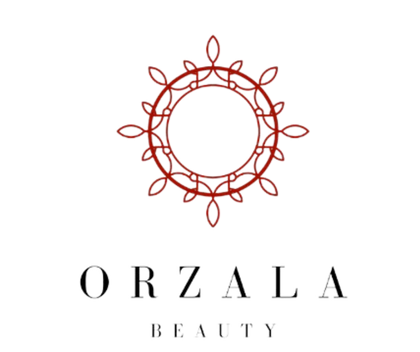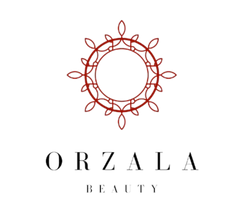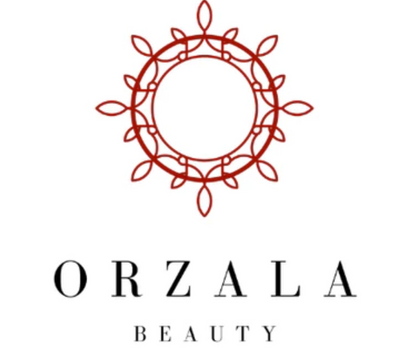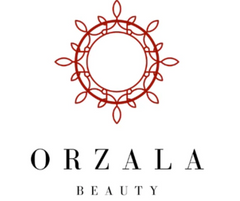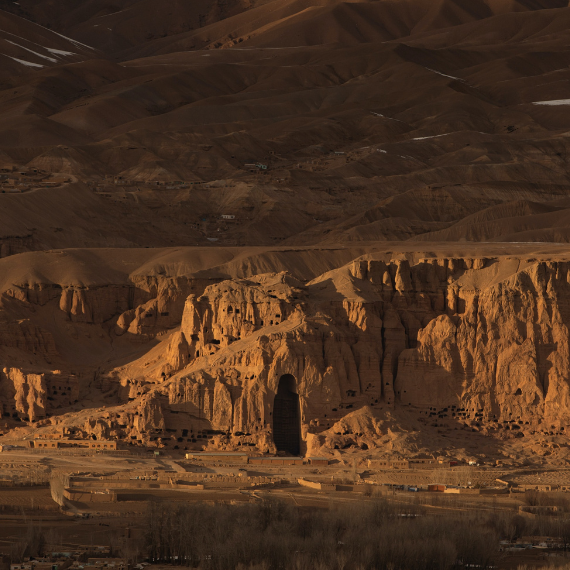
The history of saffron cultivation and usage reaches back more than 3,000 years and spans many cultures, continents, and civilisations. Saffron, a spice derived from the dried stigmas of the saffron crocus (Crocus sativus), has remained among the world’s most valuable substances throughout history. With its bitter taste, hay-like fragrance, and slight metallic notes, saffron has been used as a seasoning, fragrance, dye, and medicine since it was discovered during the late Bronze Age.
Saffron In the Middle East:
Saffron-based pigments have been found in the prehistoric paints used to depict beasts in 50,000-year-old cave art in what is today Iraq. Later, the Sumerians used Saffron as an ingredient in their remedies and magical potions. However, Sumerians did not actively cultivate Saffron. They instead chose to gather their stores from wildflowers only because they felt that only divine intervention would enable saffron’s medicinal properties. Excavations in the entire area around the Mediterranean show that Saffron was one of the main trade products of the Minoan civilization. The wealth of the inhabitants of Crete and surrounding islands was therefore based for a considerable part on Saffron.
The quantities of Saffron harvested are described in detail on more and more clay tablets from a little later time. Many clay tablets have been preserved because they were unintentionally baked during fires and volcanic eruptions. Click Here to learn more.

Saffron In Afghanistan
The Brussels-based International Taste Institute recognized Heart Province’s Afghan Saffron product as the best in the world. Herat Province produces most of Afghanistan’s saffron; in most areas, saffron cultivation has replaced opium.The recently overthrown Western-backed government encouraged poppy farmers to grow saffron instead to reduce narcotics production.
“Due to the huge difference between the price of saffron and opium, most farmers in Herat have given up poppy cultivation, as saffron is a more lucrative crop,” he continued. “One kilogram of saffron sells in Afghanistan for at least $1,400-$1,800; meanwhile, it can trade worldwide for up to $6,000. “The price of opium is much lower than that, and open trade in opium is strictly banned by the Taliban,”
Orzala Beauty gets its products directly from their family lands from Herat province in Afghanistan with the highest quality, which is the first pick up of the season, and exported it to Laguna Beach, California, to make the best cosmetic products for the USA.
The Brussels-based International Taste Institute recognized Heart Province’s Afghan Saffron product as the best in the world. Herat Province produces most of Afghanistan’s saffron; in most areas, saffron cultivation has replaced opium. The recently overthrown Western-backed government encouraged poppy farmers to grow saffron instead to reduce narcotics production.
“Due to the huge difference between the price of saffron and opium, most farmers in Herat have given up poppy cultivation, as saffron is a more lucrative crop,” he continued. “One kilogram of saffron sells in Afghanistan for at least $1,400-$1,800; meanwhile, it can trade worldwide for up to $6,000. “The price of opium is much lower than that, and open trade in opium is strictly banned by the Taliban,” Orzala Beauty gets its products directly from their family lands in Herat province in Afghanistan with the highest quality, which is the first pick up of the season, and exported it to Laguna Beach, California, to make the best cosmetic products for the USA.
Saffron has been used for centuries in cooking for color and delicate flavoring. It is also used in the manufacture of medicines and perfumes.
According to the country’s National Saffron Development Program, Saffron has 2,000 years of history in Afghanistan.

“Approximately 300 tons of dried saffron filament and powder are produced in the world [annually], whereas based on climate and soil condition, Afghanistan can produce 50 to 70 tons,” according to the program.



Orzala Beauty sources its high-quality ingredients directly from its family's land in Herat Province, Afghanistan. The first harvest of the season is exported to Laguna Beach, California, where it is used to make the best cosmetic products for the USA. The harvesting and cultivation of the ingredients is done primarily by women, who play a vital role in the production of Orzala Beauty products.
